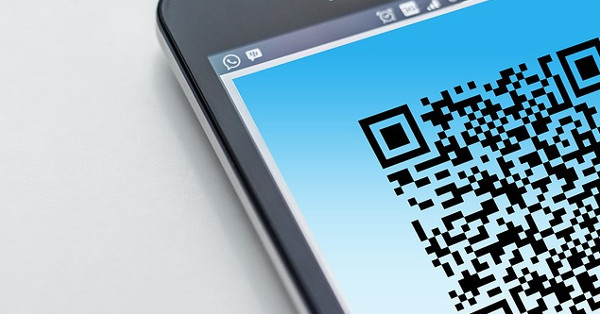Serialisation is about securing the supply chain, primarily in the pharmaceutical industry. At a very basic level, it involves applying a serial number and other features to a product, so it can be checked and cross-referenced as it moves through the supply chain to the patient/end user. As you might expect, however, serialisation involves much more than this.
New regulations and technologies have created a raft of new terms, abbreviations, and jargon. While this may not be completely familiar to you yet, regulations governing the traceability of pharmaceuticals will cover 75 percent of the world’s prescription drug supply by 2019. Serialisation phrases and terms, therefore, will come more and more into common usage.
Here are the main serialisation terms you need to know.
Key Serialisation Terms
- Authentication – authentication involves checking that a product comes from the manufacturer and is not counterfeit or marked as stolen. Verifying the serial number of the product is part of this process, but it is not enough to provide full authentication. Instead, other measures to check the product are also used, such as holograms, UV print, or micro-printing.
- Decommissioning – a process to mark a unique identifier as invalid or to highlight a product that still exists but should not be dispensed. In effect, the drug becomes inactive in the system. The Falsified Medicines Directive in the EU requires the decommissioning of products in a number of circumstances including when the product is exported to a region not covered by the FMD or if the product is going to be destroyed.
- FMD – the Falsified Medicines Directive. These are new regulations that apply to all EU member states as well as the UK which has stated it will comply with the FMD once it leaves the European Union under Brexit.
- Pedigree – a complete and certified record of the distribution of a pharmaceutical product as it goes through the supply chain. In other words, a record that details who owns the product at each stage of the process as it moves, for example, from manufacturer to wholesaler to pharmacy.
- Smallest Saleable Unit – the product that eventually is dispensed or sold to the patient/customer.
- Track and Trace – a key phrase used to describe the ability to understand a pharmaceutical product’s progress through the supply chain. “Track” is about locating where a product currently is in the supply chain. This could be by referring back to the last known scan of the product’s serial number, or it could be real-time tracking if the product has a tracking device installed. “Trace”, on the other hand, involves keeping a complete record of the path a product took as it went through the supply chain. This record may be checked months or even years later.
- UID – stands for Unique Identifier. It refers to a unique string of letters, numbers, and characters that make up the serial number of a product.
- Verification – systems and processes that verify a product is genuine. This could be simply checking the serial number matches the record supplied by the manufacturer. It also involves other methods of authentication, such as checking if that serial number is in the right location.
If you need help getting your business ready for the FMD or with anything else to do with serialisation and track and trace, please get in touch with a member of our team at SL Controls today.





